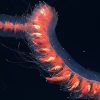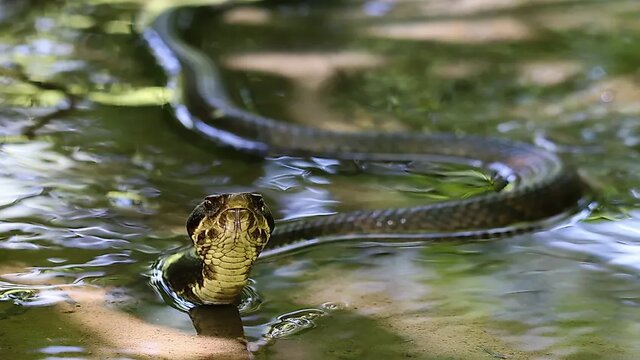
Foremost, North Carolina is not known to be a state of over populated snakes but, there are a few spots throughout the state in which you should watch out for the slithery reptiles.
Having that in mind, this interesting article discusses some of the lakes in North Carolina that are considered to be hotspots for various native species of snakes.
1. Lake Norman
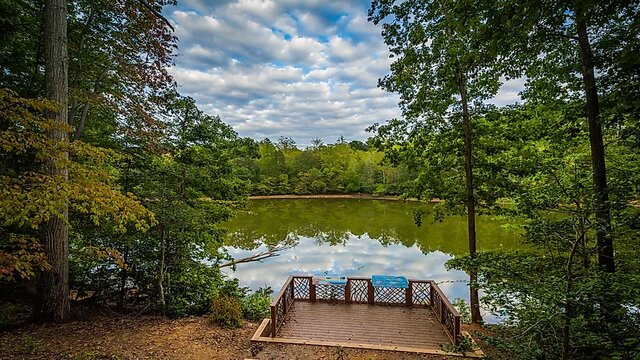
This is the largest man-made lake in North Carolina. It has a healthy snake population despite its popularity as a vacation and cottaging destination.
Moving forward, the lake is surrounded by residential, recreational, and natural areas that create diverse habitats for snakes, including non-venomous species like the northern water snake (Nerodia sipedon) and the eastern rat snake (Pantherophis alleghaniensis).
For the sake of safety, Lake Norman’s popularity for boating, fishing, and hiking increases the chances of human-snake encounters, and you are advised to stay on marked trails, avoid reaching into brush or rock crevices unprotected, and exercise caution when near the water’s edge.
2. Lake Mattamuskeet
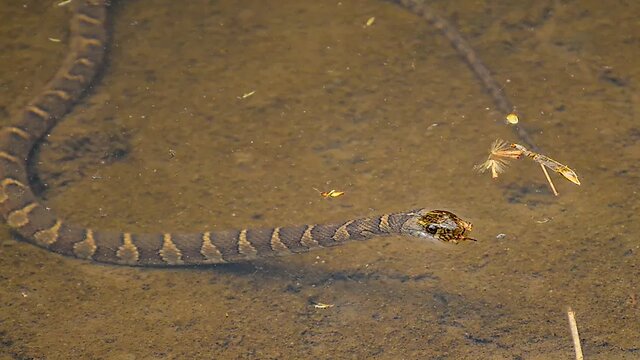
Lake Mattamuskeet is located in Hyde County. It is the state’s largest natural lake, covering over 40,000 acres. Its shallow, brackish waters and surrounding marshlands create ideal habitats for a variety of snake species.
Water snakes, including the non-venomous Northern water snake (Nerodia sipedon), are commonly found along the lake’s edges, where they hunt fish and small amphibians. The area’s wetlands also support populations of venomous cottonmouths (Agkistrodon piscivorus), which thrive in the dense vegetation and moist environment.
3. Scuppernong Lake
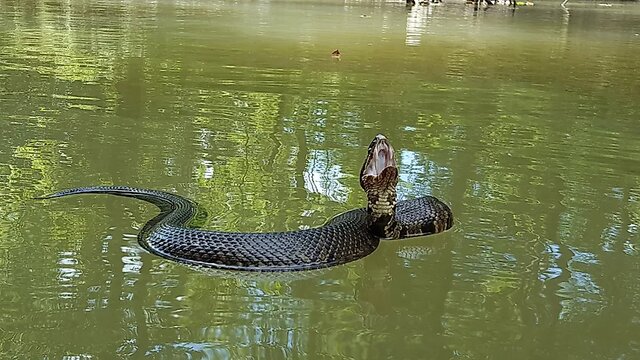
This Norh Carolina lake is surrounded by the sprawling wetlands and dense cypress swamps that characterize the region. This vast and marshy habitat provides an ideal environment for various snake species, making it a notable spot for reptile enthusiasts and wildlife observers alike.
North Carolina’s Scuppernong Lake is a part of the Pocosin Lakes National Wildlife Refuge. The nearby wetland areas are home to numerous snake species that are frequently encountered by visitors to the lake. Water moccasins (Agkistrodon piscivorus), eastern rat snakes (Pantherophis alleghaniensis), eastern garter snakes (Thamnophis sirtalis), and common watersnakes (Nerodia sipedon) are just a few of the species that may be present around Scuppernong Lake. They are often seen basking on logs, gliding through the water, or hunting along the shoreline.
The lake’s proximity to brackish waterways supports a thriving reptile population, as well as other diverse flora and fauna.
4. Jordan Lake
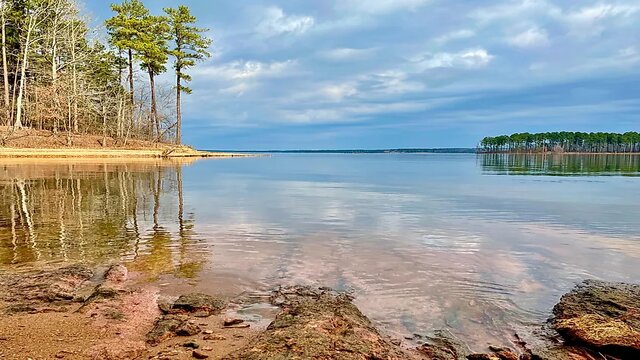
The lands around the Jordan lake include dense forests, wetlands, and rocky shores, which provide ideal habitats for various snake species.
Snakes such as the northern water snake (Nerodia sipedon) and eastern rat snake (Pantherophis alleghaniensis) are frequently seen near the water’s edge and in its more wooded areas. The northern water snake is often spotted swimming or basking along the shore, while the eastern rat snake prefers climbing trees and rocky outcroppings. Both species play an important role in controlling rodent and amphibian populations around the lake.
Jordan Lake is part of the Jordan Lake State Recreation Area, a popular destination for boating, fishing, hiking, and camping, so encounters are common although rarely deadly.
5. Lake Waccamaw
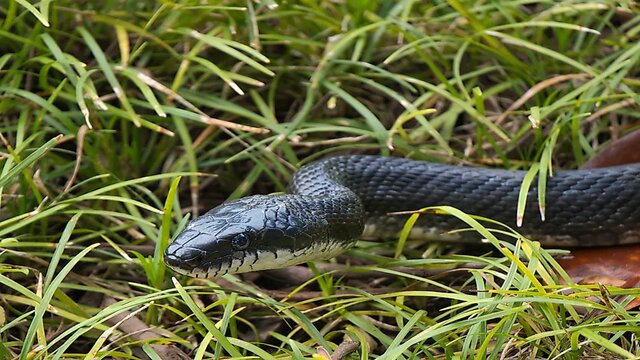
Lake Waccamaw, situated in Columbus County at the far southeastern corner of the state, is a naturally oval-shaped lake covering approximately 9,000 acres within the Lake Waccamaw State Park. The lake’s unique water chemistry, which is more alkaline than other bodies of water in North Carolina, fosters a rich ecosystem that supports a variety of wildlife, including a few species of snakes.
The area is home to the venomous cottonmouth (Agkistrodon piscivorus), which prefers wetland environments and can sometimes be seen swimming in the lake or basking along the banks. On the other hand, non-venomous species such as the eastern garter snake (Thamnophis sirtalis) and the eastern rat snake (Pantherophis alleghaniensis) are commonly found around the lake’s shoreline and marshy habitats.



